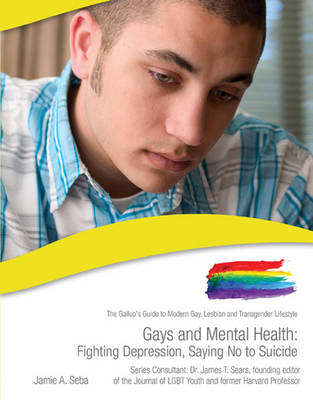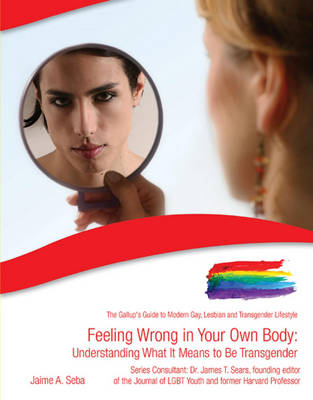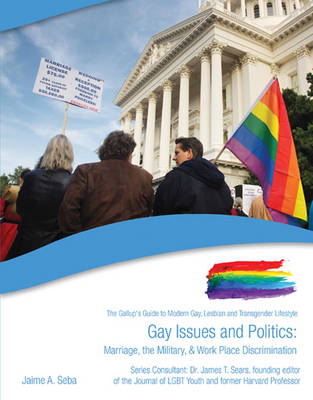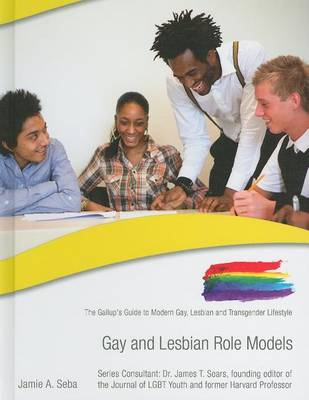Gallup's Guide to Modern Gay, Lesbian and Transgender Lifestyle (Library)
4 total works
Why would a young, beautiful, talented country music star want to end her life? It seems like a mystery to most people, but before coming out, that's exactly what openly gay singer Chely Wright wanted to do. And thousands of lesbian, gay, bisexual, and transgender (LGBT) people have felt the same way. Discover some of the factors that lead to mental health issues for gay people, and find out steps that can be taken to help reduce or eliminate these threats. Take advantage of groups such as the Trevor Project and other organizations aimed at helping young LGBT people and their friends make positive choices about their mental health.
Boys who play with Barbie dolls. Girls who join the football team. What is gender? What are gender roles? What's the difference between being a tomboy and being transgender? Is it possible to be in the wrong body? Explore the answers to these questions with an in-depth look at what it means to be transgender, based on the personal experiences of the men and women who have taken steps to transition. Learn from the experiences of transgender young people who make the significant choice to live openly as another gender while still in high school. Uncover the reality of this often misunderstood group and how it fits into the LBGT community.
News media, television, music and entertainment are filled with images of gay and lesbian people today. But how did it all begin? Explore the history of the lesbian, gay, bisexual and transgender (LGBT) community in the United States, from the horrifying medical treatments of the early twentieth century to the 1969 Stonewall riots that sparked an international movement for equality. Then take a closer look at three of the most relevant issues facing LGBT people today. Learn what the "Don't Ask, Don't Tell" policy of the American military looks like to soldiers in the armed forces. Share the personal experiences of couples affected by laws banning gay marriage and people who have been victims of workplace discrimination.
Who do you look up to? Most people have a role model-someone who represents the person they want to be more like, who represents the characteristics they value. Athletes, celebrities, parents, politicians, religious leaders, and even friends can be role models. But many lesbian, gay, bisexual, and transgender (LGBT) people don't see people they relate to in their families, schools, or churches. That makes it so much more important to recognize the contributions of the gay and lesbian role models in the forefront of popular culture today. Learn more about some of the most prominent gay and lesbian role models, including late politician Harvey Milk, Bishop Eugene Robinson, Congressman Barney Frank, comedian Ellen DeGeneres, and former NBA player John Amaechi. By taking a stand as leaders in the community, they became role models to LGBT people of all ages around the world.



